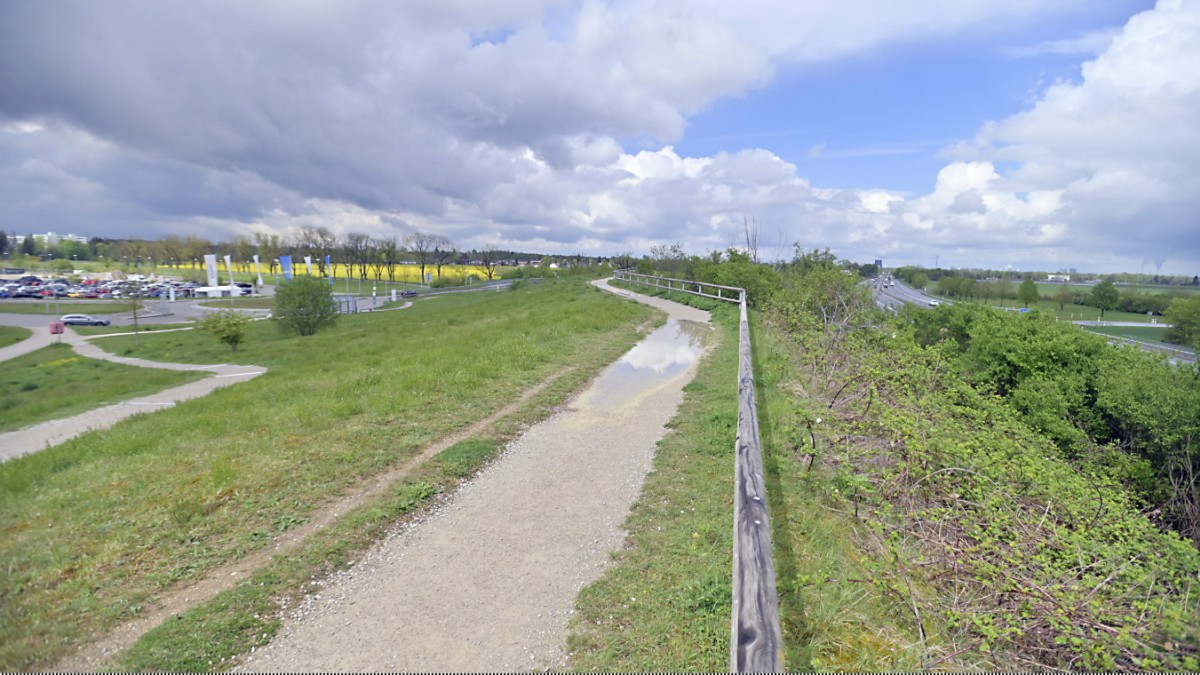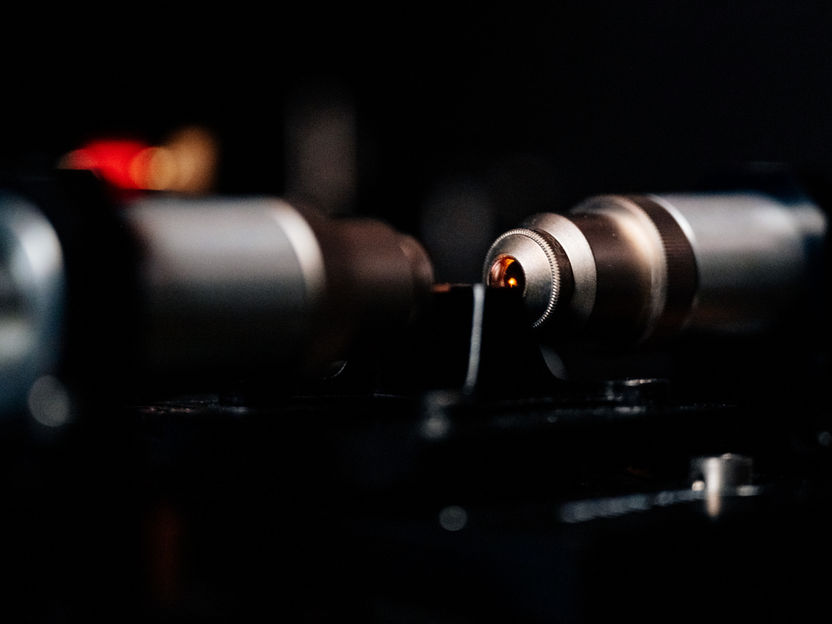Natural and artificial crystals can alter the spectral color of light – this is known as the nonlinear optical effect. Color conversion is used in many applications, for example b. In nonlinear microscopy of biological constructs and physical examinations, LED and laser light sources, in optical communications and in photonics and technologies based thereon such as quantum computers. Scientists from the University of Paderborn have found a way to improve the physical process behind this phenomenon. They have published their findings in the journal Light: Science & Applications.
“The process is based on the so-called disharmonious potential of the atoms of the crystal and often results in a precise doubling of the frequency of light, which is called the generation of ‘higher harmonics’ – this is comparable to the overtones in the vibration of a string on an instrument,” explains Paderborn physicist Professor D. Cedric Mayer. Although the effect occurs naturally in many crystals, it is usually very weak. Therefore, there are many approaches to amplify the effect, for example by combining different materials and organizing them on micro- and nanoscales. The University of Paderborn has carried out extensive and successful research in this area over the past decades.
This research in photonics focuses on metamaterials, in particular metasurfaces. In this case, structured elements in the nanometer range are applied to a thin carrier material, with which incident light interacts and forms, for example, an optical resonance. Longer dwell times and focus allow the light to produce higher harmonics more efficiently.
In an interdisciplinary collaboration, the research groups of Prof. Dr. Cedric Meyer (Nanomaterials and Nanomaterials), Prof. Dr. D. Thomas Zentgraf (Ultrafast Nanophotonics) and Professor Dr. Jens Förstner (Theoretical Electrical Engineering) at the University of Paderborn as part of the Collaborative Research Center / Transregio 142 “Custom-designed Nonlinear Photonics” has developed an innovative method for generating higher harmonics more efficiently. By using specially dimensional arrays of microscopically small elliptical cylinders made of silicon, they were able to use what’s called the Fano effect – a special physical mechanism in which many resonances amplify each other.
The scientists first determined the optimal geometric parameters using numerical simulations and examined the underlying physics. They then produced the nanostructures using state-of-the-art lithography processes and performed optical investigations. Theoretically and experimentally, it has been shown that the generation of the third harmonic—that is, light with three times the frequency of the incident light—can be particularly efficient compared to previously known structures of this type.

“Certified tv guru. Reader. Professional writer. Avid introvert. Extreme pop culture buff.”







More Stories
Neuberg: Park of the future with high technology and entertainment value – Munich area
“At Garching we are building something unique in the world.”
Bluetooth Auracast: This is what the new technology brings